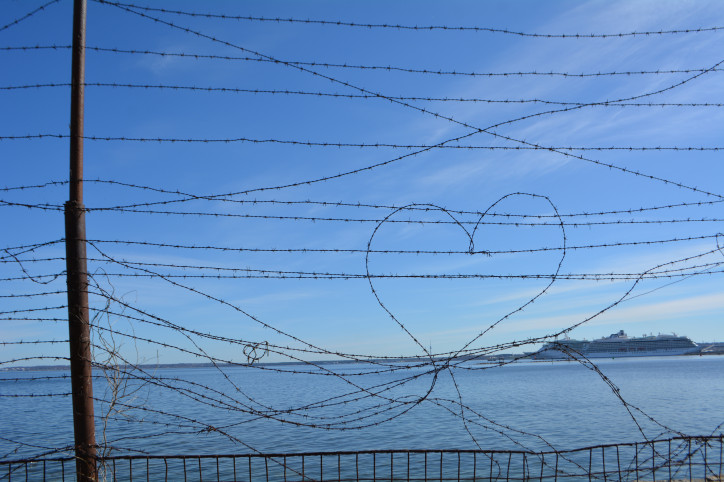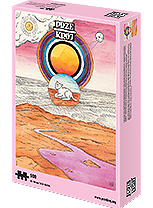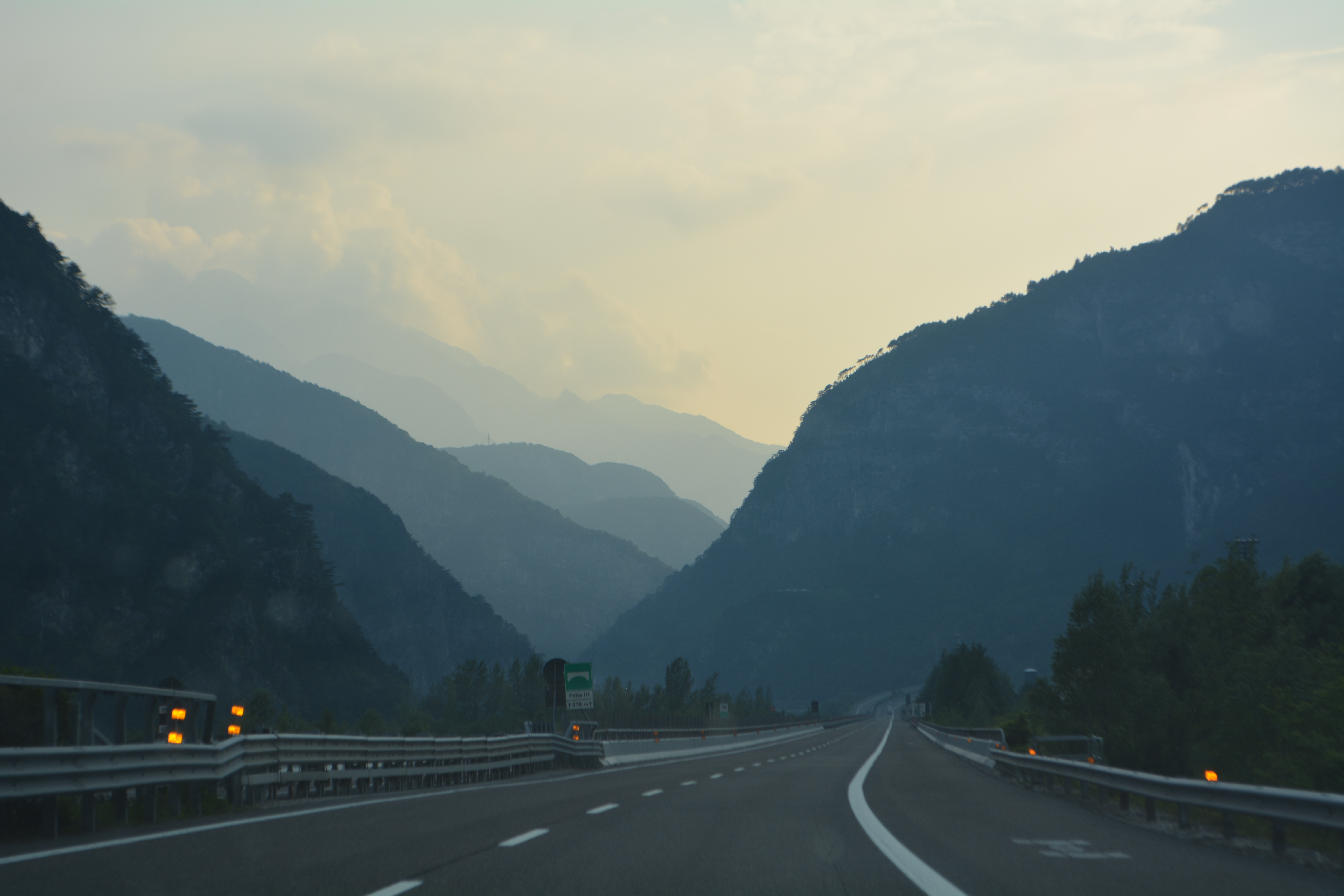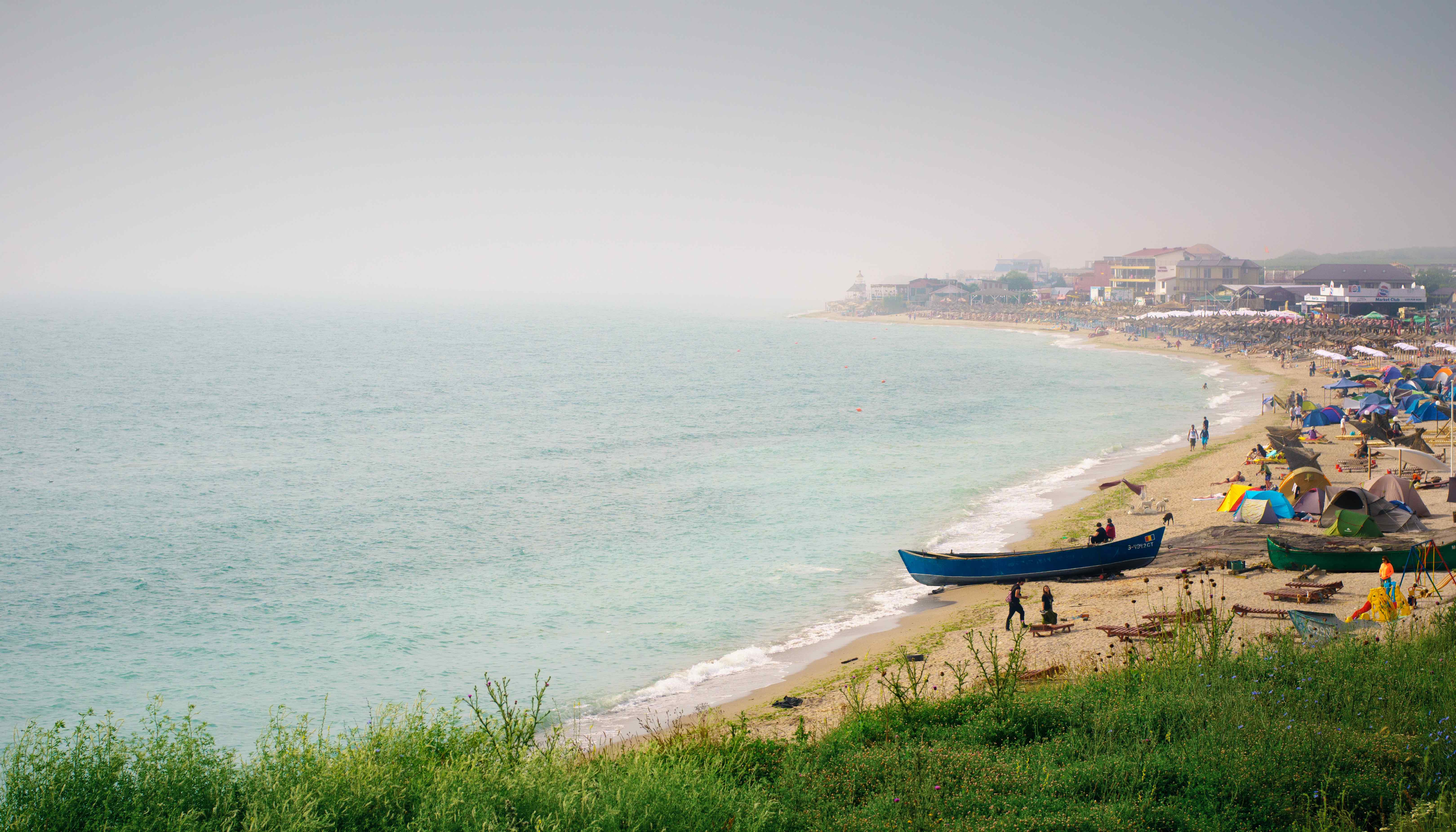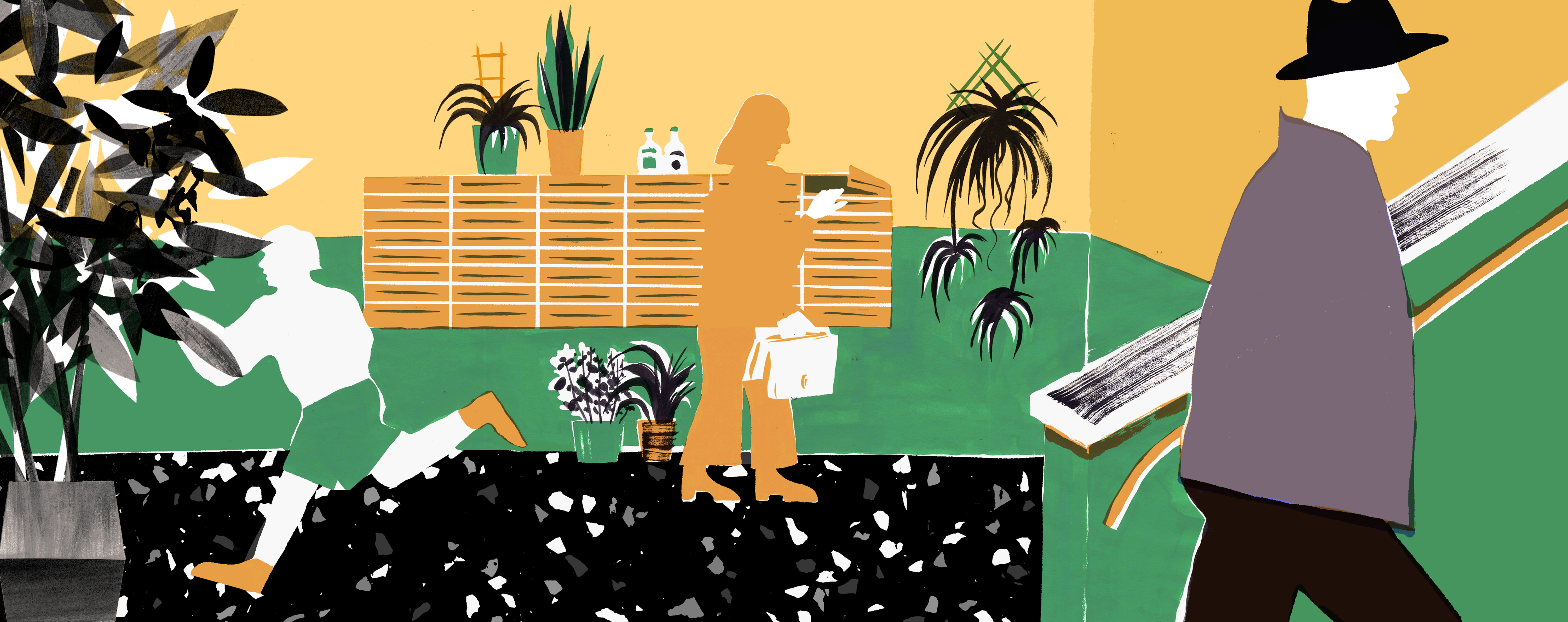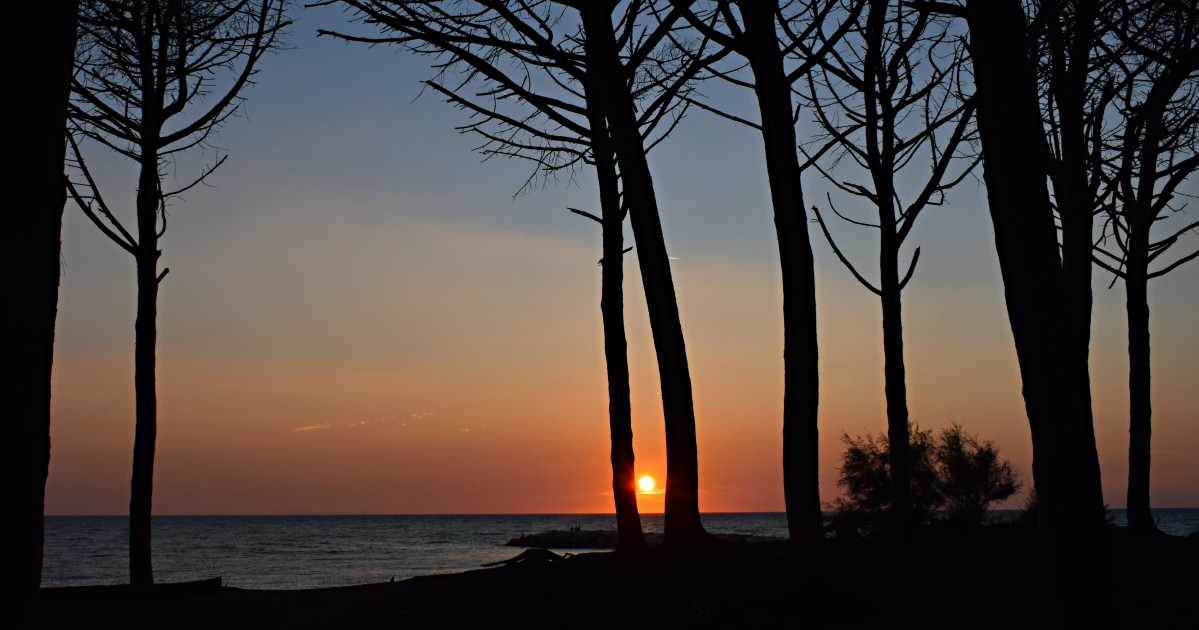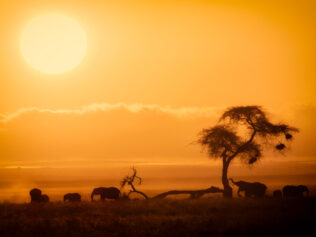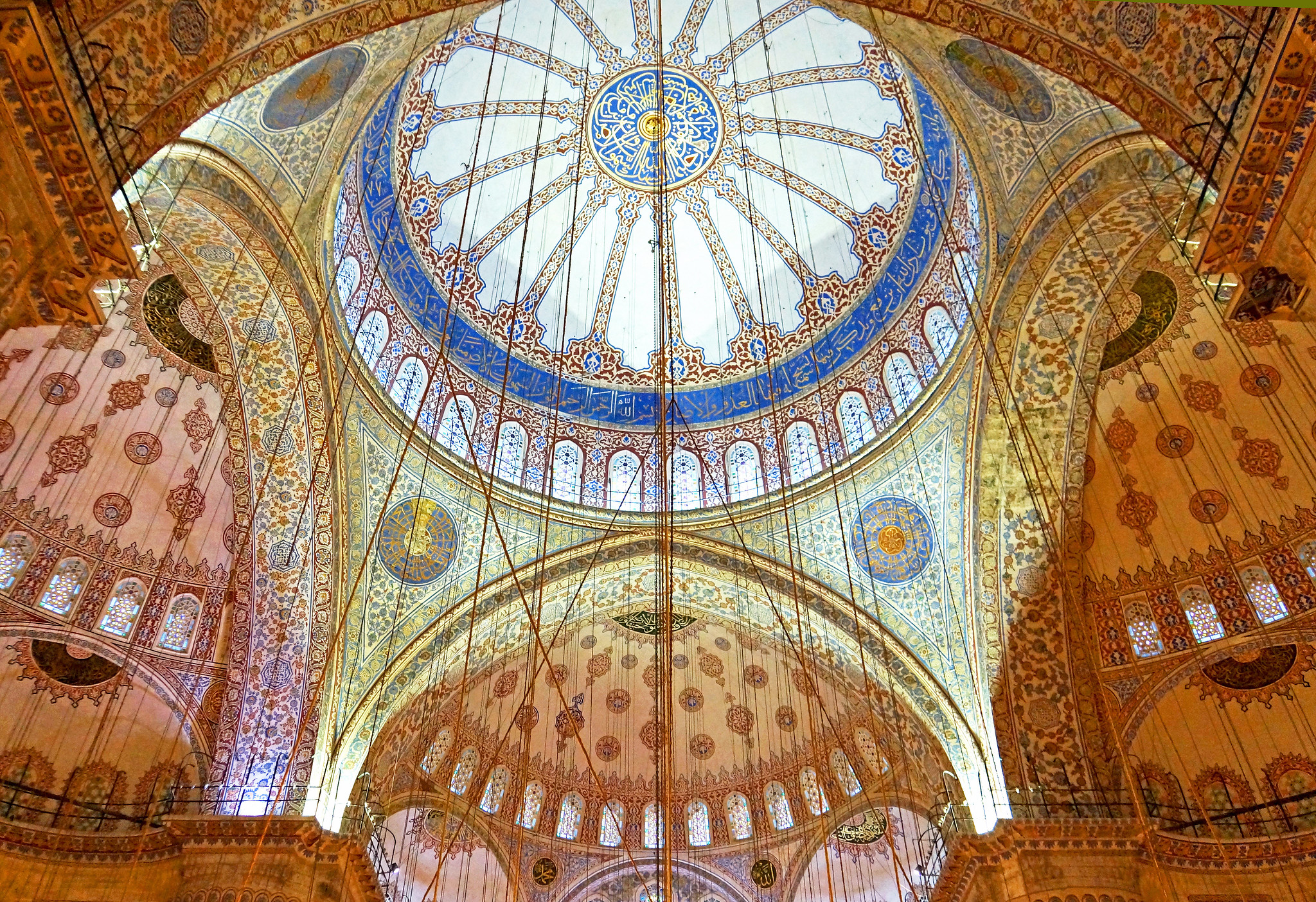
It’s been a long time now since I last sat in the car, turned the key in the ignition, and waited for those sixty seconds until the oil pump delivers lubricant to every part and corner of the old weary engine.
With schools on quarantine, and shopping malls closed, and work happening remotely, there was simply nowhere to go. The vehicle gathered dust on the parking lot and I no longer experienced these sixty-second meditations. Images of roads would float before my inner eye as I used to sit staring at the dashboard, caressing the gear stick – turns I would take to get me to the destination of the day, and roads that had been driven before.
One road in particular would haunt me: from the town where I used to live to Moscow and then on to Belarus and Białystok. I could follow its many turns in my mind. The dam where you cross the Volga without seeing much of the river. Unexpected pine woods near Penza. Forsaken and foolishly poor-looking Mordovia, with its monstrous agglomeration of suspicious eateries in Umyot. The ups and downs of hills under Smolensk, and that big rise which lets you know that the increasingly less than virtual border with Belarus is near.
Vast, agricultural and somewhat deserted farmlands in Belarus, and the sudden appearance of the woods. The turn from the highway into the wilderness you take if you want to enter the Schengen Zone at Bobrowniki rather than Brest. The dam near Volkovysk that rises like a wall next to the road, giving you the creepy feeling that the water may just go over the top, over your head. The narrow cut through the pristine woods on the Polish side, and you suddenly find yourself in Białystok. Parts of this town still hint at its Red Empire heritage, but from its eastern border you enter a perfectly and unexpectedly European middle-class suburb.
These images were slightly tortuous – symbols of something that was within arm’s reach and yet inaccessible, a key to escape from the everyday that I dared not use – and yet, as consequent events showed, therapeutic.
Perceptions
Driving a passenger car, as a method of delivering a body to a holiday destination, has many disadvantages. Cramps in the feet from sitting in the same posture for hours; headaches from the tension when it’s busy, rainy or dark; a host of uncertainties and potential issues, from mechanical failures to that proverbial local who thinks the drinks he’s had only improve his driving skills. Arguments about where to pull over for a toilet break; running out of conversation topics when the children are bored and the driver needs communication to stay awake.
You may ask, how much can you see travelling at 130 kilometres per hour on a highway, with your worldview limited by the concrete wall separating your line from incoming traffic, the rear end of a long-haul truck ahead and the headlights of a Porsche in the rear-view mirror? Good point, but, even if you don’t take into account the rest stops (which do have a unique flavour everywhere you go, not only metaphorically), each highway is a part and a reflection of the nation that built it. You will hardly notice pheasants sitting on bales of ripped wheat – as you would if you took the regular country two-lane – but you’ll get something else.
On the highway that links Monaco and Nice, you get to see perhaps more Lamborghinis and other supercars – some so exclusive you don’t even know their names – than anywhere else. But what strikes a visitor from Eastern Europe is what they do when they catch up with you, dragging in the leftmost line with whatever velocity the speed limit prescribes. No high-beaming, no honking – they wait patiently and at an appropriate distance for you to finish the overtaking of that lorry and move out of the way. In Poland, they get right up to your rear bumper and high-beam. In Russia, they think nothing of passing you on the right, squeezing between you and that lorry you’re endeavouring to undertake.
German Autobahns are far removed from the idyllic stereotypical vision of a perfectly paved surface to cruise happily without a speed limit. Unless they’re under repair (and many seem to need it badly), it’s a dogfight between that BMW that does 250 kilometres per hour in the left lane and the lorry that shifts into your lane to overcome another one that goes 5 kilometres per hour slower; you brake to let the BMW pass, shift lanes, speed up to pass the lorry before that salesperson’s Passat catches up with you, shift lanes again, ad infinitum. At least there’s no chance of falling asleep at the wheel! If you want to see the perfect Deutsche Ordnung, you have to go to Austria. There, they won’t even let you blend in if you miss your chance to shift into the right lane for a turn in time. You have to wait for an out-of-state plate to let you pass.
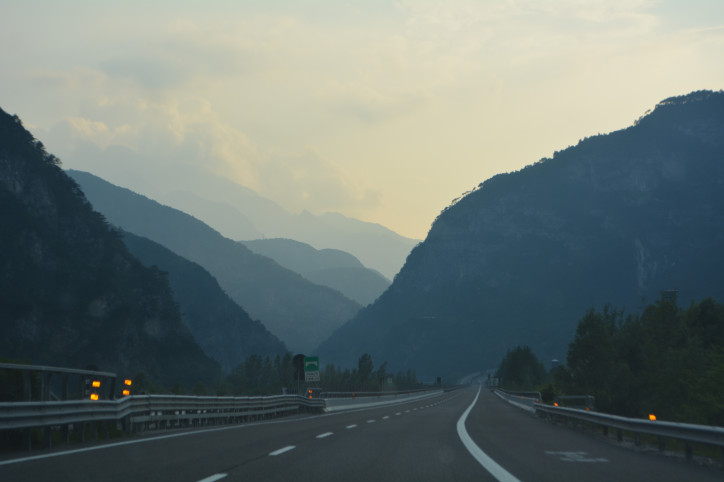
Borders
Last time I was there, the border checkpoints within the Schengen zone were demolished or abandoned, but that doesn’t mean that differences between countries ceased to exist. This is something you can’t perceive when you’re on a plane. If you only flew over Poland and the Czech Republic on the way to the Mediterranean, you’d never known that they are two different countries. You know it from history books and the geopolitical map, but this knowledge is abstract. As you drive, the difference becomes concrete: different ratios of wood to farmland, different farming practices, even different kinds of trees, it seems. The border is marked only by a road sign that’s easy to miss, but you realize you’re in a different country immediately.
It’s hard to put a finger on what exactly constitutes the differences, or realize where they come from, especially if you haven’t paid enough attention. Was one state more populated and needed more farms, or had the technology and capital to drain its swamps while the other didn’t? Or did the nobility on this side of the border value their right to hunt in the pristine woods, and preserved them for that purpose, while the nobility of the other hedged their bets on civilization and farming?
Yet in some cases, the change becomes apparent in advance. Continue through the Czech Republic to Austria, and at one point you realize that something is different. There’s a Disney-esque castle far off to the left, and the terrain in front begins to rise, wheat fields change into vineries and all of a sudden you cross that formidable and abandoned Cold War era border crossing point and realize that the vines are on the Austrian side of it. Sometimes it is obvious that a border between nations followed a geographical divide, like on the border between Spain and Portugal, where rolling fields shift into low mountains of hardened lava precisely where the dotted line on the map lies. But not always.
By contrast, Belarus, Lithuania and the north-east of Poland are the same country. Same storks, same gloomy and menacing woods, same occasional lakes; the only thing that hints you’re in Poland already are the way the roads are laid in settlements. You enter a little village, and the lanes are divided by some sort of upraised brick islets, for ease of crossing – and the beginning and the end of the islets are marked with road signs, and lit up by electric lamps at night, so that you can’t possibly miss them. That’s something which road designers in the former USSR seldom bother with. All over the former USSR, with few exceptions, the roads are laid as if the designers followed some abstract principles rather than the actual human need to get around.
From totalitarianism and back
My first memories of holiday travel by car come from before perestroika was a thing. Back then, you used to set out without being sure whether you’d be able to find a room to rent, or be served in a roadside café without local ration cards, or buy hi-octane gasoline, or even drinking water (“The well has dried out,” said a woman in a sun-scorched village in Kalmykia, “but if you wait until six, the water truck will come.”). But on the other hand, when train and air tickets were in short supply, and holiday trips were distributed by trade unions, the ability to just get in your car and go implied such a level of freedom that it felt almost sinful. The risks felt normal: a Soviet person is not supposed to be that unbound, so what the hell do you expect? It was an adventure second only to rafting down a river in the Altai; small wonder that my parents drove only when all other options of having a seaside holiday had failed.
When the generational wheel made its turn and I was ‘Dad’, we (my wife, our two children and I) began our holiday-making like anyone else, with all-inclusive package tours to Turkey and Egypt. Incidentally, such a tour is an embodied version of communism – not the pleasure of unexploited labour envisioned by Marx and Engels, but the communism-on-Earth that people of my parents’ generation dreamed about: unlimited food, drink and leisure, with no need to pay or work for it. Of course, we no longer share this ideal. Driving a rental car was more fun than organized tours; dinners self-cooked on the kitchenette were both tastier and unfixed to a schedule. That ultimately led us to AirBnb, but we didn’t even think about long-distance driving until 2014.
Then there was a little bit of everything. A mid-life-crisis revival of childhood gestalts. Economics: the ruble plunged, the price of airfare plus a rental car was out of our budget. And the shock of the Malaysia Airlines Flight 17 crash. We learned the news while waiting to board our flight from Rome, and to say it left an impression would be an understatement. It took a few years before an air plane could again be associated with fun. But that wasn’t how most of the people that surrounded us in our native Russia felt.
You could feel aggression in the air like you feel pot smoke everywhere in the centre of Amsterdam. People seemed to walk about with invisible rifles in their hands, casting worried glances and ready to return fire or duck for shelter. The world was ‘us’ and ‘them’, without a single shade of grey in between. It’s not easy being a non-conformist in a nation that believes itself to be in a state of war. The wartime state effect has worn out considerably since, but for quite a few years I needed the therapy of going out of the country, and letting in a few breaths not of freedom, but of peace.
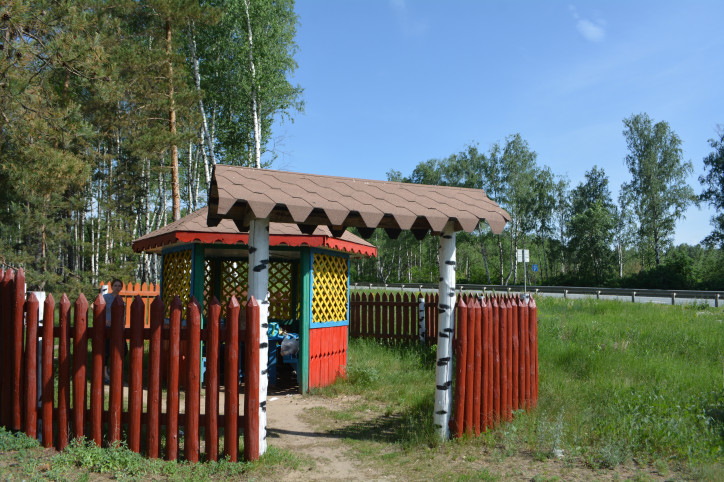
The therapy of travel
I believe that travel can work as therapy for any sort of incongruity between self and environment. Change the environment and what remains must be the self. You do carry your problems with you when you travel, this is true, but if your problem is a conflict with the environment, travel is a great way to test it. If it disappears as you change the environment, then it isn’t you – perfectly scientific, isn’t it?
But I don’t believe any kind of travel will do. I doubt that a standard, formalized tourist routine will have an effect. Being a tourist is mostly a role. Tourists do exist in an artificial, designed-for-purpose space. They are expected to behave in a certain manner, but in response, they’re treated just as they expect to be treated. An experience of everyday life in different places is different; an experience of a tourist in different countries is averaged. You need a glimpse of what goes on as ‘real life’ – otherwise, you are left wondering whether your surroundings aren’t just a Potemkin village.
Just like some friends of mine, who hire a Russian guide everywhere they go, and the guide tells them exactly what they want to hear. If they want to hear that Europe is going to hell with liberals, the refugee crisis and gay marriages, they’ll be told just that. They come back happy and assured in their beliefs that Europe is clean and tidy, but it’s only for show; in fact, they’re having it better in Russia. To think of it, it is also a therapy of sorts.
I also believe that driving your own car is one of the best ways of travel if you’re looking for a therapeutic effect. Walking would be even better, but takes too much time. Flying is a great way to reach your destination, but it is too much like teleportation from a science fiction book to have a real effect. You enter the hermetically sealed capsule of the cockpit, pass out – or not, but what difference does it make in relation to the rest of the universe? – and come back to your senses somewhere else. Distance ceases to exist. The ground below is too far down to be real. You can’t physically perceive the vastness you have covered. That hotel on the Riviera could’ve been next door. The planet in between is an abstraction.
But if you are after travel as a process, if the journey is the destination, then driving becomes a perfect compromise between getting where you want fast enough and experiencing the whole length of the road – and it gives you a whole continuum of environments to contrast your self against.
Anyway, to contrast the environment against yourself, you need to be yourself. To be yourself, you need a sequence of choices that depend upon your personality; it has to be an open question rather than the multiple-choice developed for a typical visitor.
The buffer zone
The ability to make choices is painful, but beneficial for a person who’s been largely feeling themselves a toy in the hands of fate. On the road, fate still plays with you – but you can play back, too. Nobody is making the choice to pull over to this rest stop or carry on until the next one, and such a minor decision can have big consequences. Like purchasing a highway sticker on the Austrian border. If you’re running out of petrol, there’s a temptation to pass the selling point on the border and buy the thing at the first fuelling station; but if you give in, you might find yourself in a police ambush right there and then, and, while the officers are dealing with you and your engine idles, you may actually run out of petrol. Some people do not want to accept the responsibility – claiming they’d rather have all the choices made by someone else, at least during those two weeks of the year, and it’s all right. But for someone who suffers from a lack of control, a successful long-distance drive is a good prescription. Controlling variables can improve self-esteem.
Françoise Sagan once wrote that people will never abandon their cars for public transport, because the personal space of a car provides a feeling of protection from the outside world. Strange and illogical and true. Statistically speaking, on a plane, in a crowd of strangers, you’re less in danger than on a highway in your own car. Yet, the latter feels much safer than the former. Your own car is the perfect ‘transit object’; the buffer that it creates between self and world is a physical space. What’s more, it’s a physical space that you, by long ownership, have appropriated, learned and altered to such an extent that it owes its very existence, in this particular shape and form, to you.
Driving offers a double buffer zone: in addition to the habitual safety of your vehicle, the road is a buffer zone itself, a twilight area of change where everyone is on their way, and consequently everyone’s state of mind is slightly altered. Away from home in your car, you always have a bit of your familiar environment around you; you’re simultaneously here and back home, and this double-barrelled existence is more beneficial to your experience than it might seem.
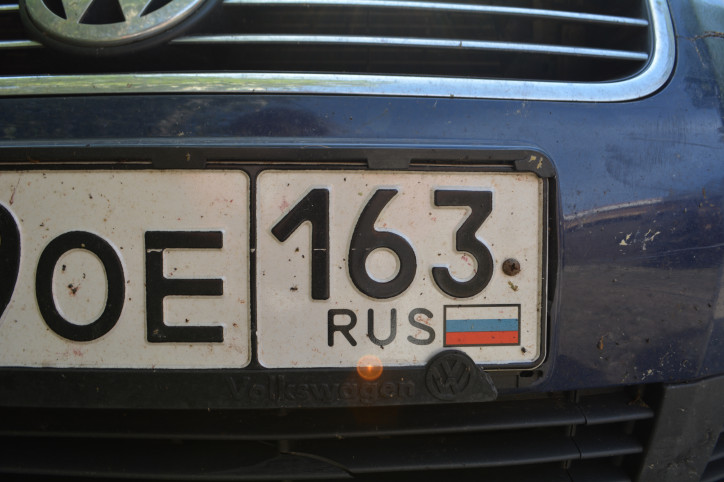
The lure of the unknown
The road is not only uncertain, it is also the domain of the unknown, especially off of the federal highway systems. If you value small things that leave deep impressions, tick the ‘no toll roads’ and ‘no highways’ boxes on your navigation device. Obviously, this will increase the time you spend on the road, on average by 50%, but could also save a few Euros on tolls (there will be a difference in fuel consumption, too, depending on your vehicle and driving style). But who can quantify the change in experience?
Three-wheeled bikes loaded with firewood and storks nesting on wagon wheels purposefully placed on electric poles between Warsaw and Vilnius. Abandoned villages in the Spanish Pyrenees and the deafening white noise of a mountain stream as we stopped to wait for our turn to enter the tunnel to the other side. A strange dog that appeared for a few seconds out of thick mist at dawn in Ariége – it couldn’t have been a wolf, could it?
Or that little town in Normandy where they were having the festival of the town’s patron saint (as long as my limited command of French enabled me to decipher this from the signs) – a naive and lovely country fair with flags and flowers and even what looked like a merry-go-round with actual living ponies instead of wooden horses! Alas, we were already running out of time for the arranged meeting with the landlord in Paris…
As in other aspects of life, temptations are balanced with obligations, and freedom of choice necessitates a special mindset. The decision to stop or pass must be made in a split second, any doubts or discussions – to say nothing of arguments – will carry you well past the place where you should have hit the brakes. Sudden decisions carry their own dangers: a local in Portugal did not expect the out-of-country car in front to brake for the unremarkable gateway to a cork tree plantation, and nearly rammed into our trunk. Pissed off, I stepped on the accelerator, and we didn’t get to touch the orange underbark of a cork tree to check if it was as soft and pleasant to touch as it looked.
The end of daydreaming
How many times in my darkest days did I have the image of that road in front of my eyes!
Muddy and potholed streets to the M5 highway, through the unbearably forlorn Russian countryside to Ryazan, an inevitable traffic jam there and then it’s fast and furious all the way to Moscow. Spend the night in a hotel near the purgatory of the Ring Road, or perhaps keep driving, taking turns to sleep on the back seat and using the elder child as a lechuzon (a job in the South American trucking industry, with the function of keeping the driver awake, according to a book I read). Swerve off the highway 180 kilometres before Brest and tune down your tempo (it takes an effort!) on the narrow roads that take you to the Bobrowniki border crossing. Wait until people on both sides – who make believe that they’re not simply processing legal paperwork of law-abiding citizens, but stand as the last line of defence against the barbarian hordes of the East, or the scheming homosexual West, as the case might be – stamp your passport.
Get a decent night’s sleep in Białystok, order the pierogi at the Esperanto, and then think what next.
I knew well enough that I’d never actually do it, but I treasured the reassuring knowledge that as long as I had the Schengen visa in my passport and a credit card in my wallet, that road was ready to be travelled.
Freedom is not being off the leash; freedom is holding your own leash.
I never fully realized how important this image of the road, and the knowledge you can follow it, were – until now.
